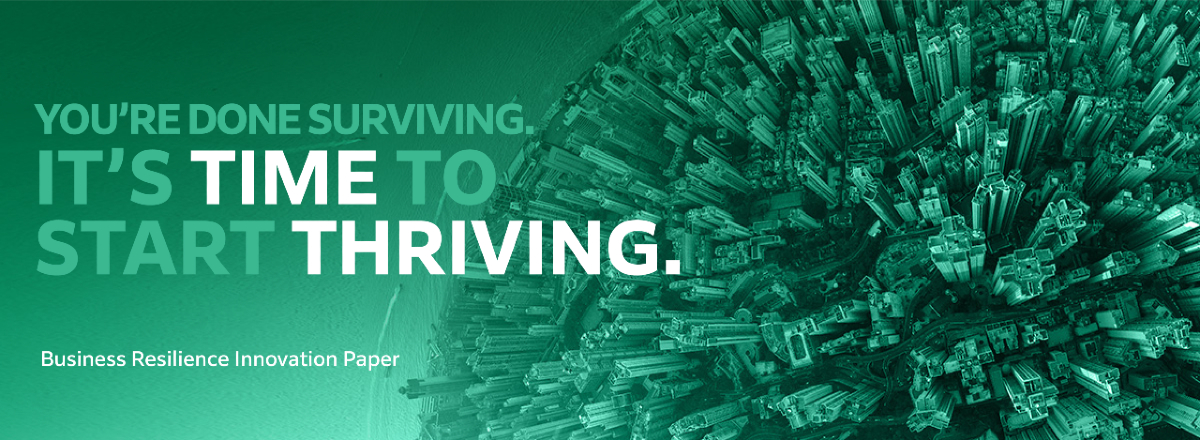How can the latest innovative tech help future-proof your small business?
With technology advancements taking place more quickly than before, businesses are compelled to continually refine their work processes. Companies that prioritise their digital transformation strategy are better positioned to stay ahead by swiftly adopting new technologies and adapting their work methods accordingly. In this blog post, we reveal some ways in which the latest innovative technology can help future-proof your small business.
What does it mean to make sure your business is future-proofed? Future-proofing means designing or changing something so it continues to be useful even if things change in future.
It’s not easy for small and medium businesses (SMBs) to improve their products and services, exceed customer expectations and keep staff happy. Tight budgets force them to strategise before choosing technology to make the money spent on tech go as far as possible. As a result, this changes the way they choose which technologies to use.
How do small businesses prioritise their technology investment?
According to Entrepreneur.com, “SMBs can be categorised loosely into one of two stages of digital maturity: digital followers and digital leaders. Their digitalisation journeys may have different focuses – followers concentrate on securing their IT systems and networks, while leaders explore enterprise applications for enhanced digitalisation.”
Entrepreneur.com also identified that SMBs are preferring to prioritise investment in API architecture, infrastructure and data centres, and edge computing – leaving cybersecurity at the bottom of the list.
But innovative technology is only useful when people use it
As a leader, what should you do in order to promote innovation tech adoption? It’s important to prioritise a people-centred approach as the foundation of your digital transformation (DX) strategy.
By putting people at the core of the DX strategy, businesses can create an ideal environment for generating innovative ideas. For example, the automation of manual tasks and use of Artificial Intelligence (AI) can help to alleviate employees from mundane and repetitive tasks, freeing up their time to work on meaningful tasks that drive the business forward.
The good news is: it is not necessary to invest in completely new technology to achieve this goal. Instead, leaders should identify gaps in the technology they use, and plan to fill these gaps with cost-effective solutions that will grow with them. This aspect of the digital transformation journey is an essential component of the resilience agenda, which is focused on innovating for people.
How can leadership reduce barriers to embracing new tech?
- Trial new technology.One way of reducing reluctance to use technology is by getting teams to trial new tech before it is rolled out to get their input.
- Make training available. Then, while the tech is being rolled out, companies are more likely to succeed if their teams can access the right level of training and support when learning how to use it.
- Build a culture of innovation. Building a culture of innovation at the workplace improves resilience, technology adoption, and innovation. For example, relevant in-house or external experts can be invited to share short tech talks to introduce innovation to anyone in the company.
How to improve the employee experience and prepare for future change
To future-proof your business, think about digital transformation and what it means to you. What is digital transformation (DX)? DX is more than the technologies we use. By adapting and improving processes, technology and customer experience we can improve the employee experience and prepare the business for future change. Because better business starts with better processes.
How does culture fit in this context? Companies that create a sense of belonging within their cross-cultural teams and utilise technology to drive change will improve trust, cooperation, effective communication, and enhance overall team performance. The right tools can aid communication and collaboration among teams. By prioritising these methods, companies can establish a more harmonious work environment.
So, to develop resilience, it is essential to establish a framework for your organisation to encourage innovation. Bringing people and culture into the heart of an innovation program will enhance future success. And when individuals, leaders and companies are aligned and focused on building solutions for tomorrow they are more likely to thrive now and in the future.


